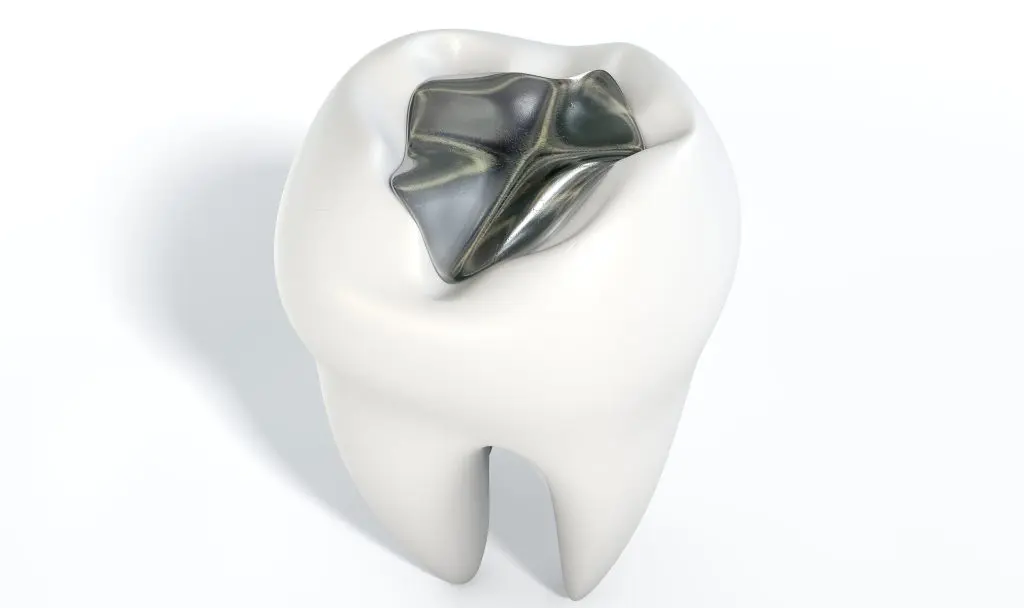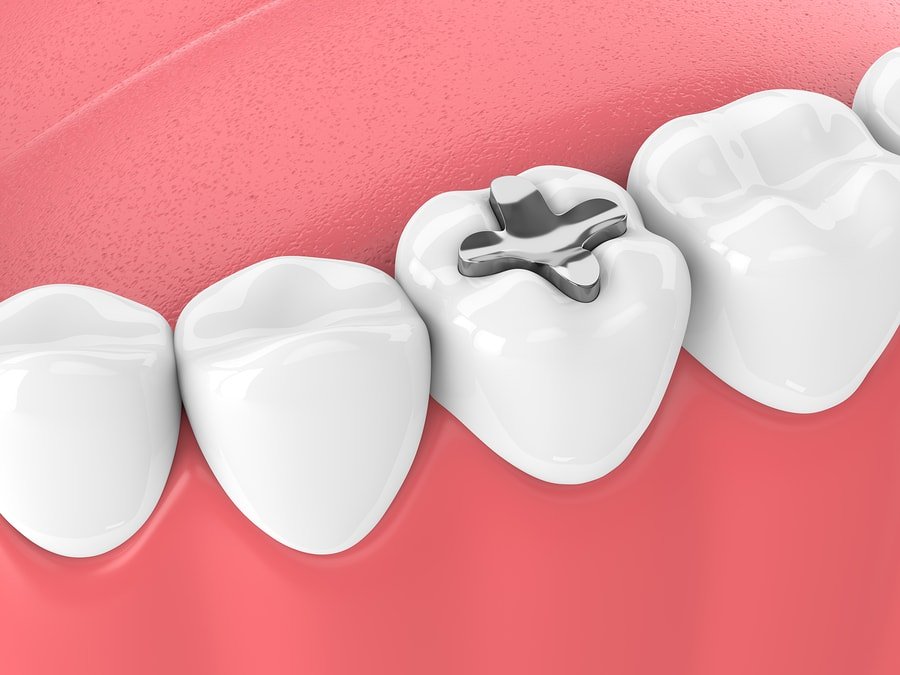If the temporary filling of an unfinished root canal falls out, take immediate precautions. Avoid chewing on that side and gently rinse your mouth with warm water, being cautious around the exposed area. Contact your dentist promptly, informing them of the situation.
They might suggest an emergency appointment or provide instructions. Refrain from self-treatment or using household materials to replace the filling. If needed, use over-the-counter pain relievers for discomfort. Avoid touching the exposed area to prevent irritation.
What are the Risks of a Lost Temporary Filling in an Unfinished Root Canal?
The importance of addressing a lost temporary filling in an unfinished root canal promptly cannot be overstated.
Description of an Unfinished Root Canal
An unfinished root canal refers to a dental procedure where the root canal treatment hasn’t been completed. During a root canal, the infected or damaged pulp inside the tooth is removed, cleaned, disinfected, and sealed to prevent further infection. However, in some cases, due to various reasons such as the complexity of the tooth’s anatomy, multiple canals, or a need for additional treatment sessions, the process might be left incomplete. This means the tooth hasn’t received its final sealing or restoration, leaving it vulnerable.
Common Reasons for Temporary Filling Displacement

Temporary fillings in root canals are meant to protect the exposed area until the final restoration is placed. Several factors can lead to displacement of these temporary fillings, including chewing on hard or sticky foods, poor adhesion of the temporary material, wear and tear over time, or accidental trauma.
Additionally, inadequate filling or shaping of the tooth, improper sealing, or ongoing infection may contribute to the displacement.
Potential Risks Associated with a Lost Temporary Filling
When a temporary filling falls out of an unfinished root canal, several risks emerge. Firstly, the exposed area allows bacteria to enter the tooth, potentially leading to infection and inflammation. This can cause discomfort, pain, and even abscess formation.
Moreover, the unprotected tooth becomes more susceptible to damage from food particles, temperature sensitivity, and further decay. Additionally, without the temporary filling, the structural integrity of the tooth is compromised, making it more prone to fracture or breakage.
How to Immediately Protect an Exposed Unfinished Root Canal?
These immediate precautions aim to mitigate potential risks, manage discomfort, and maintain oral hygiene until you can seek professional dental assistance.
Avoidance of Chewing on the Affected Side
Chewing on the side of the affected tooth where the temporary filling has fallen out should be avoided to prevent further damage or dislodging any remaining dental material. This precaution is essential as chewing can exert pressure on the vulnerable tooth, potentially causing discomfort, exacerbating any existing damage, or increasing the risk of fracture.
Gentle Rinsing with Warm Water
Rinsing the mouth gently with warm water is recommended to maintain oral hygiene around the exposed area. This gentle rinsing helps in removing any food particles or debris that might have accumulated, reducing the risk of bacterial growth or irritation.
However, it’s crucial to be cautious and gentle while rinsing to avoid dislodging any loose fragments or causing additional sensitivity.
Prevention of Excessive Contact with the Exposed Area
Minimizing direct contact with the exposed area is vital to prevent irritation or further damage. This includes avoiding touching the affected tooth with your tongue, fingers, or any objects. Excessive contact can introduce bacteria, increase discomfort, or even accidentally dislodge more dental material, worsening the situation.
Over-the-Counter Pain Management
If you experience discomfort or mild pain after losing the temporary filling, over-the-counter pain relievers such as ibuprofen or acetaminophen can be used as directed on the packaging. These medications help alleviate pain and reduce inflammation temporarily. However, they should only be used according to recommended dosages and not as a substitute for professional dental care.
What Actions to Take if a Temporary Filling Falls Out?

If your temporary filling falls out before your root canal is done, call your dentist right away. Do what they tell you, don’t try fixing it yourself, and only use temporary filling stuff if your dentist says it’s okay.
Contacting the Dentist or Endodontist Immediately
Immediate communication with your dentist or endodontist is crucial when a temporary filling falls out of an unfinished root canal. This prompt contact allows for an assessment of the situation by a dental professional. Informing the dentist about the incident enables them to provide guidance, assess the urgency, and arrange an appointment for evaluation and potential treatment.
Following Professional Advice for Emergency Care or Instructions
Upon contacting the dentist or endodontist, they may provide specific instructions or recommend emergency care based on the severity of the situation. This could include advice on managing pain, guidelines for oral care until the appointment, or urgent intervention if deemed necessary. Following their guidance is vital to minimize risks, alleviate discomfort, and prepare for the next steps in dental care.
Refraining from Attempting Self-Treatment
It’s essential to avoid attempting any self-treatment or DIY fixes when dealing with a lost temporary filling in an unfinished root canal. This includes avoiding the use of household materials or temporary filling kits available over the counter.
Self-treatment might aggravate the problem, introduce infection, or cause further damage to the tooth, complicating subsequent professional treatment.
Seeking Temporary Filling Materials if Advised by the Dentist
In certain situations, the dentist might advise using specific temporary filling materials available at pharmacies or dental stores. These materials, if recommended, can help cover and protect the exposed area temporarily until the scheduled dental appointment.
However, it’s crucial to use such materials only if instructed by the dentist, following their precise recommendations and application instructions.
FAQ’s
What happens if you leave a temporary filling in?
Leaving a temporary filling for an extended period might result in deterioration, potentially exposing the tooth and increasing the risk of infection or further decay.
What is the lifespan of a temporary filling?
Typically, temporary fillings last several weeks to a few months, serving as a short-term solution until a permanent restoration is placed.
Will a temporary filling stop decay?
Temporary fillings offer limited protection and do not halt decay; they primarily seal the tooth temporarily.
Is it OK to eat with a temporary filling?
It’s advisable to avoid chewing on the side with a temporary filling to prevent damage or displacement. Opt for softer foods to protect the filling.
How do you know if a temporary filling fell out?
You may notice a gap, feel a change in the tooth’s texture, sensitivity, or sudden discomfort, indicating the temporary filling might have fallen out.
How do dentists remove a temporary filling?
Dentists typically use specialized instruments like drills or excavators to carefully remove temporary fillings, preparing the area for a permanent restoration.
Final Words
In conclusion, when a temporary filling falls out of an unfinished root canal, it’s important to act quickly. Contact your dentist right away and follow their advice. Avoid trying to fix it yourself and be gentle with the affected tooth. Take care not to chew on that side and rinse gently with warm water. If there’s any discomfort, over-the-counter pain relievers can help.
Moreover, these immediate steps can prevent further issues and prepare you for professional dental care. Remember, seeking help from your dentist promptly is key to safeguarding your dental health and getting the right treatment for the situation.

